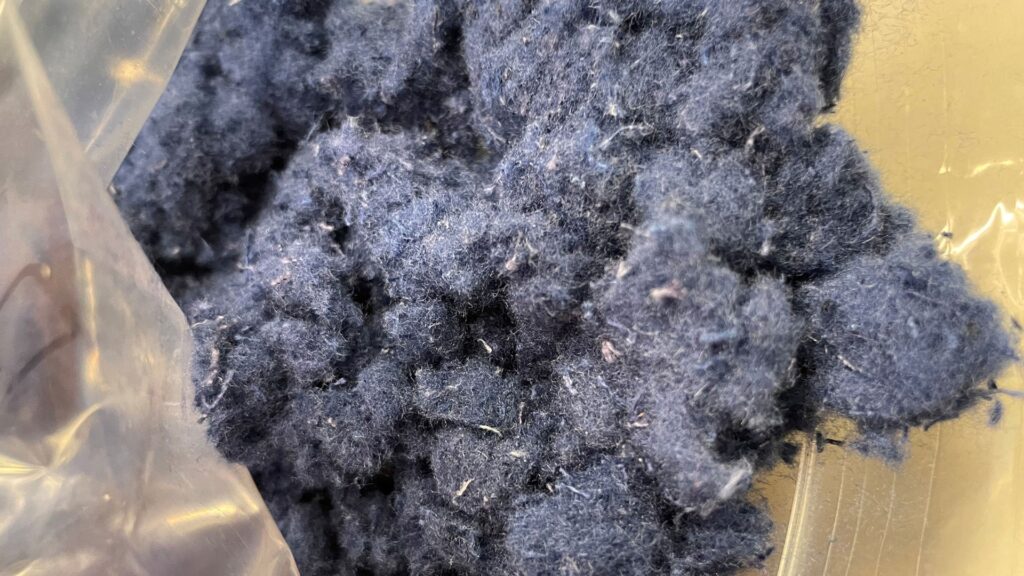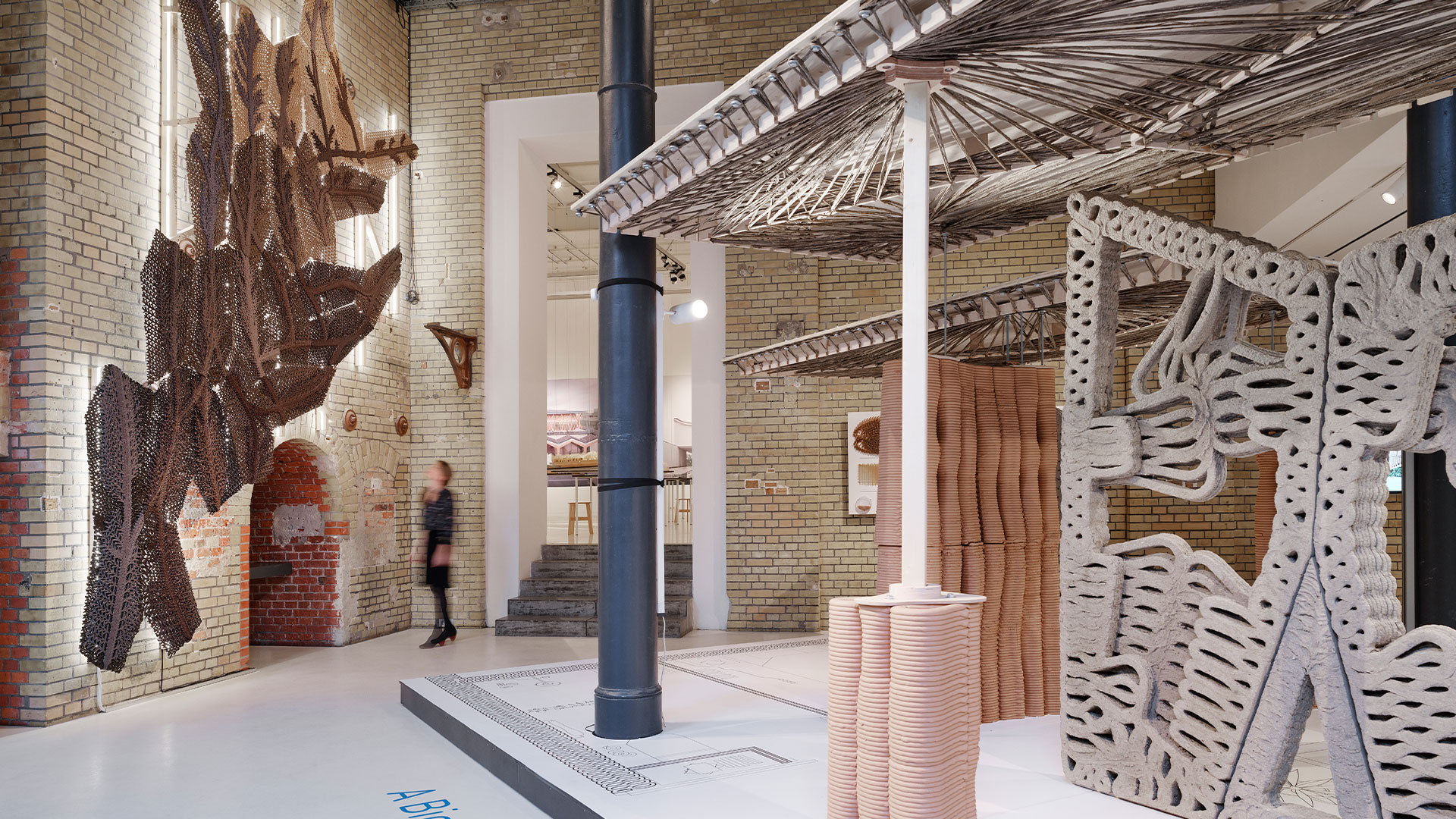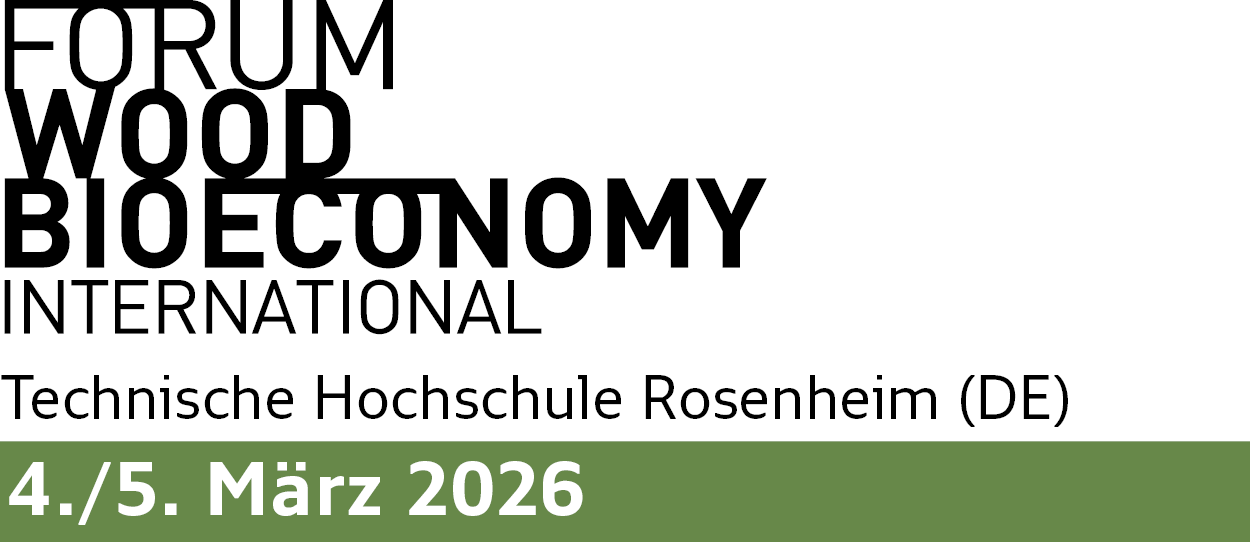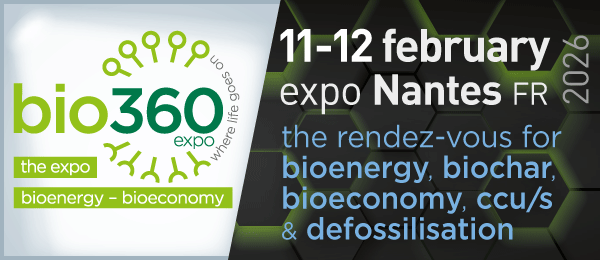
Figures from the EU show that the construction industry uses half of the natural resources we extract globally. If we want to save the planet, we therefore need to identify alternative building materials.
This has prompted researchers across disciplines and national borders to join forces in a bid to investigate whether building materials can be made from e.g., side streams from the production of food and wood products, textile waste or fast-growing aquatic plants and algae.
The goal is to find suitable, fibrous fillers – such as seagrass, sawdust, old trousers or brewer’s spent grain – which, when combined with water and a biopolymer turn into a substance that can be 3D-printed or moulded into new building materials.
A polymer is a long chain of molecules used in materials as a binder to stick the other parts together. Biopolymers are natural and biodegradable and the researchers who collaborate in these projects make them from e.g., boiled animal bones or sugars from algae and seaweed.
From DTU, Associate Professor Anders Egede Daugaard and his research group contribute to the search for new building materials with their expertise in polymer production and material characterization – knowledge that comes from their experience with the production of plastics.
The group’s focus is on identifying suitable biopolymers and finding the right recipe and the most resource-efficient production methods to make the new materials. They also map the properties of the raw materials to help determine which ones are most suitable.
“Some of the side streams we’ve been working with improve the properties of the building material, while others worsen them. We are working out how much of the side streams we can add without destroying the material,” Anders Egede Daugaard explains.

New ‘wood’ from sawdust
In the laboratories at DTU, the researchers have been running experiments with different ingredients for several years – initially with funding from the Independent Research Fund Denmark and now from the EU.
By adjusting different parameters in the production process, they have produced promising materials in collaboration with partners at the Royal Danish Academy among others – and this has got the Associate Professor excited:
“It would be brilliant if for example sawmills could cut out strong load-bearing beams, but we then take all the sawdust and use it to make materials that do not need to be as strong. It turns out that in some regards, we are quite close to what you get from actual wood. Now we want to find out if we can find ways to push the properties of the composite material so we can optimize it.”
The work also focuses on reducing the amount of waste generated in the production process by e.g., feeding by-product or obsolete products back into the production chain.
“In some of the systems we’ve looked at, we were able to recycle the ‘waste’ up to five times before it starts to affect the quality of the material we produce,” Anders Egede Daugaard says.
Difficult and valuable
Because the newly developed biopolymers – unlike traditional oil-based polymers – react with water, the new building materials will, to varying degrees, be vulnerable if exposed to moisture. This may place limits on where in a new building they can be used, and it may necessitate a protective layer of e.g. paint.
“At the same time the water sensitivity will allow us to place discarded materials into water and get us back to the start, where we can put them back into the production process. This is a valuable characteristic – but of course only if we ensure that the materials are used in parts of a building where they don’t get wet,” the Associate Professor stresses.
Some of the end-of-life building materials may also be able to simply be composted—unlike many traditional materials such as concrete and insulation that are sent to landfill.
Timeline
So, when can we expect to see the new materials in use on construction sites? It depends on the level of ambition, Anders Egede Daugaard explains:
“We know several companies that work with simple products with no requirements for strength and durability or as replacements for plastic, and they could technically start using our solutions right away. But if we’re aiming to make load-bearing structures, it will take longer.”
The projects the DTU researchers are working on also involve machine learning experts who will use their skills to hopefully speed up the development process.
“With their help, we will investigate whether we can design these materials in a faster way where, by feeding an artificial intelligence with the knowledge we have, we can expand our knowledge so that we can use it in the further design process,” the Associate Professor says.
Development of new standards and revision of existing legislation will likely also be necessary before such new materials can be used by the construction industry.
Ultimately, the dream is to create a local production unit which allows custom printing or construction of elements as needed on site.
Sustainable construction
Around 22 per cent of Denmark’s carbon footprint comes from the building and construction sector. By building more sustainably, we can reduce energy consumption and thus greenhouse gas emissions.
Source
DTU, press release, 2025-03-25.
Supplier
European Union
Independent Research Fund Denmark DFF
Royal Danish Academy of Fine Arts - KADK
Share
Renewable Carbon News – Daily Newsletter
Subscribe to our daily email newsletter – the world's leading newsletter on renewable materials and chemicals













